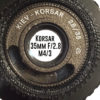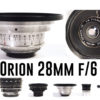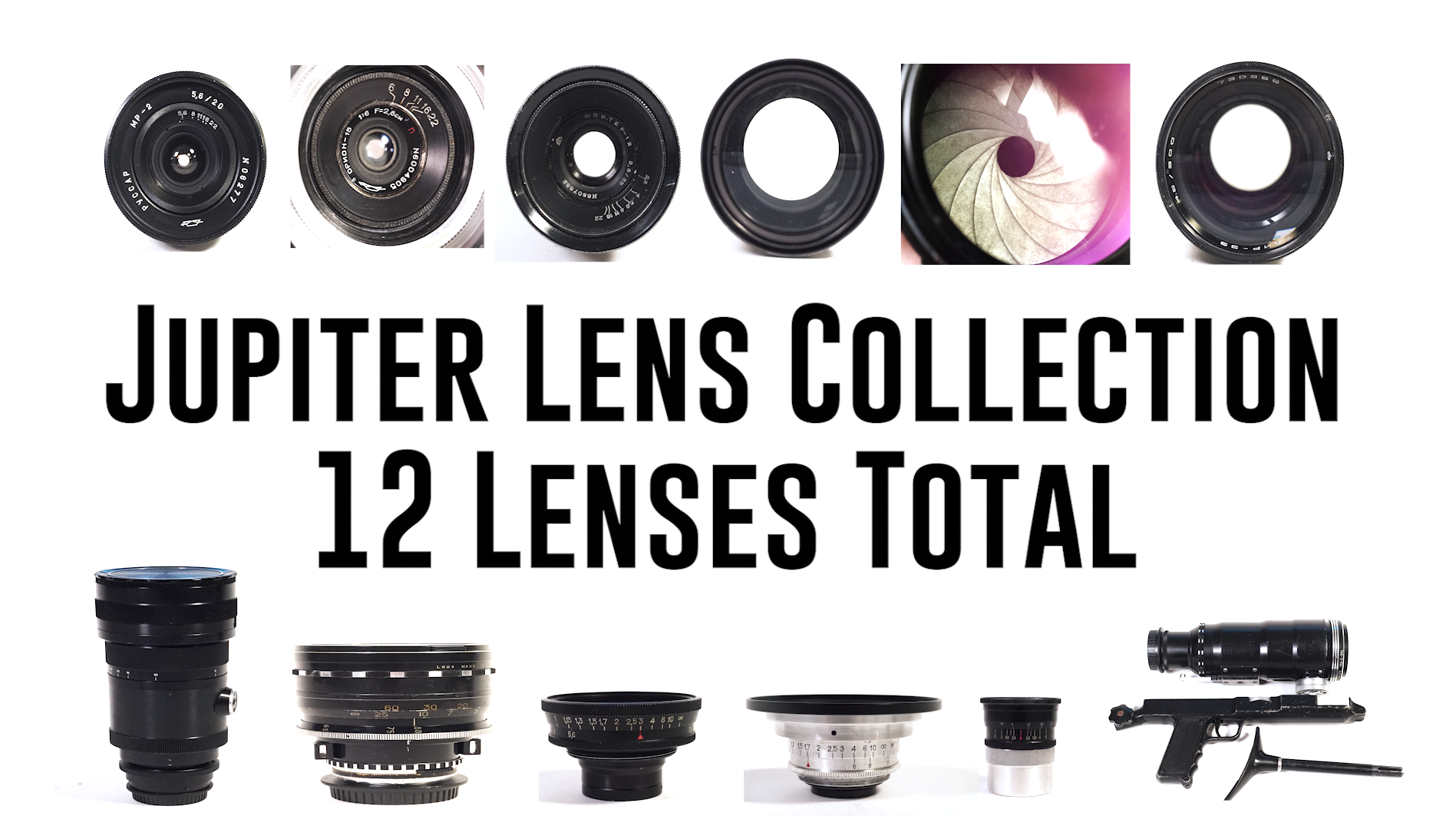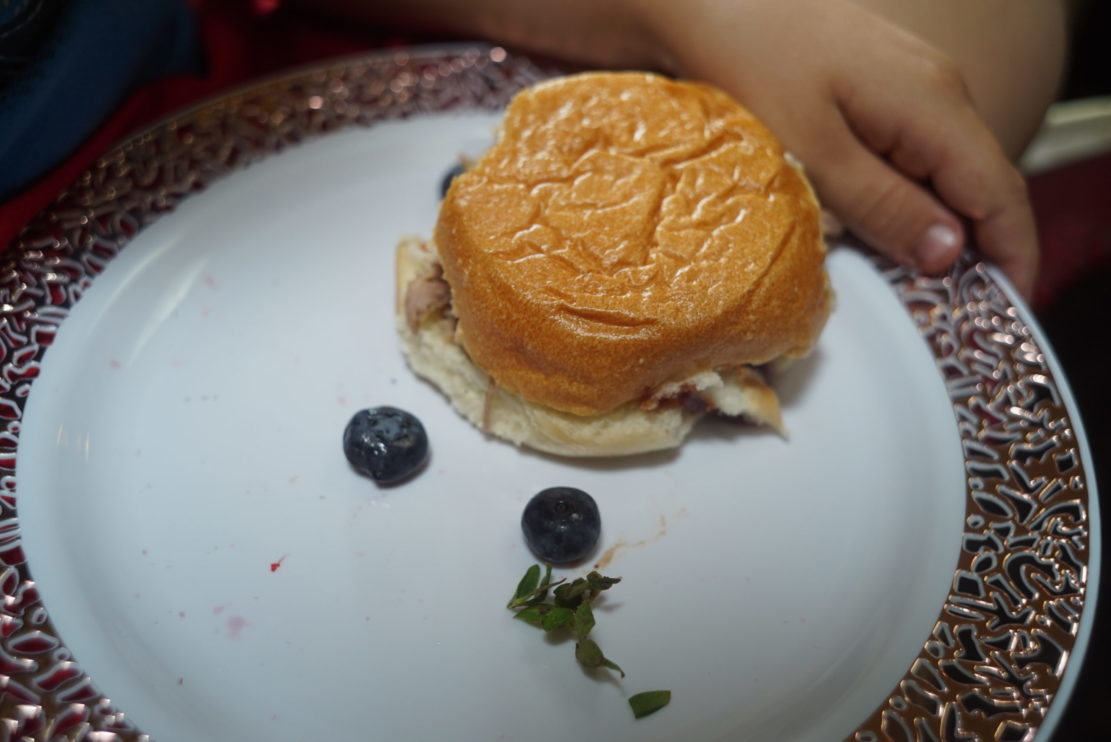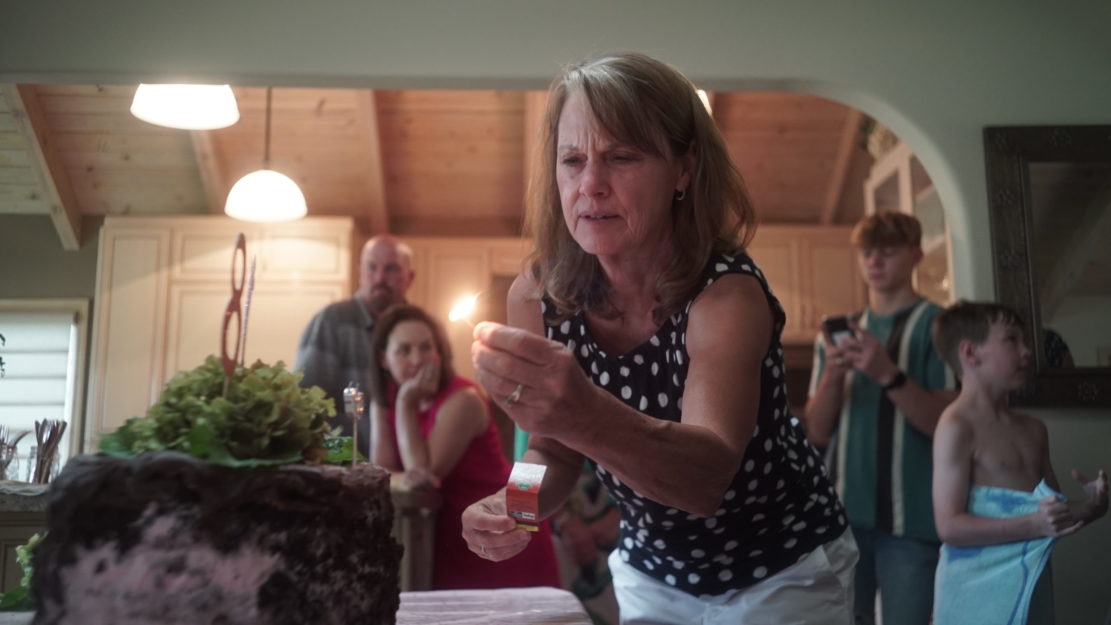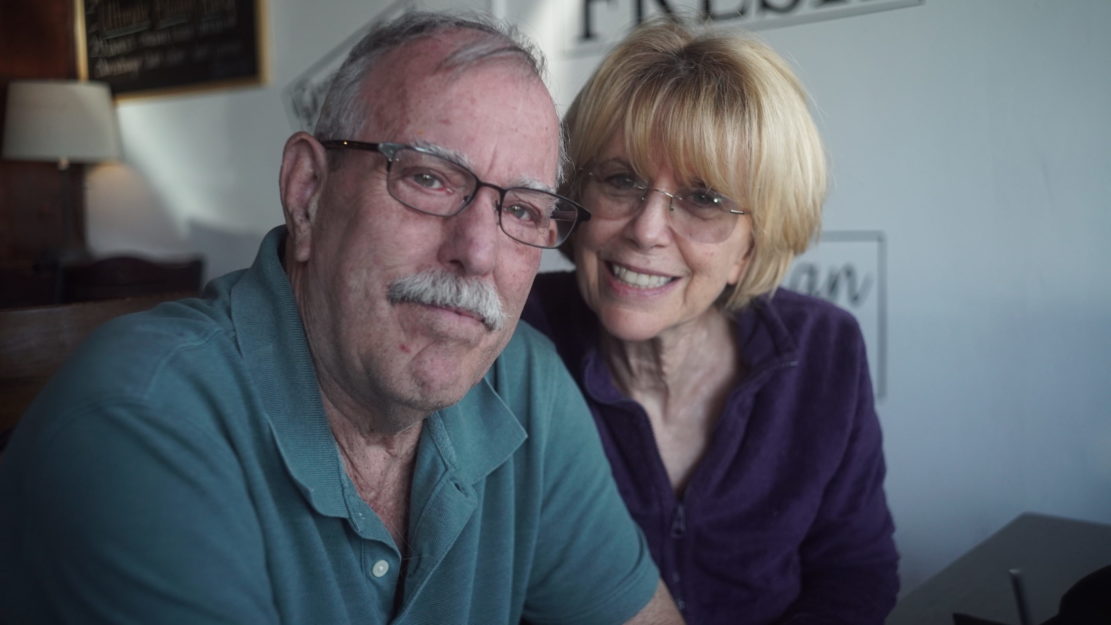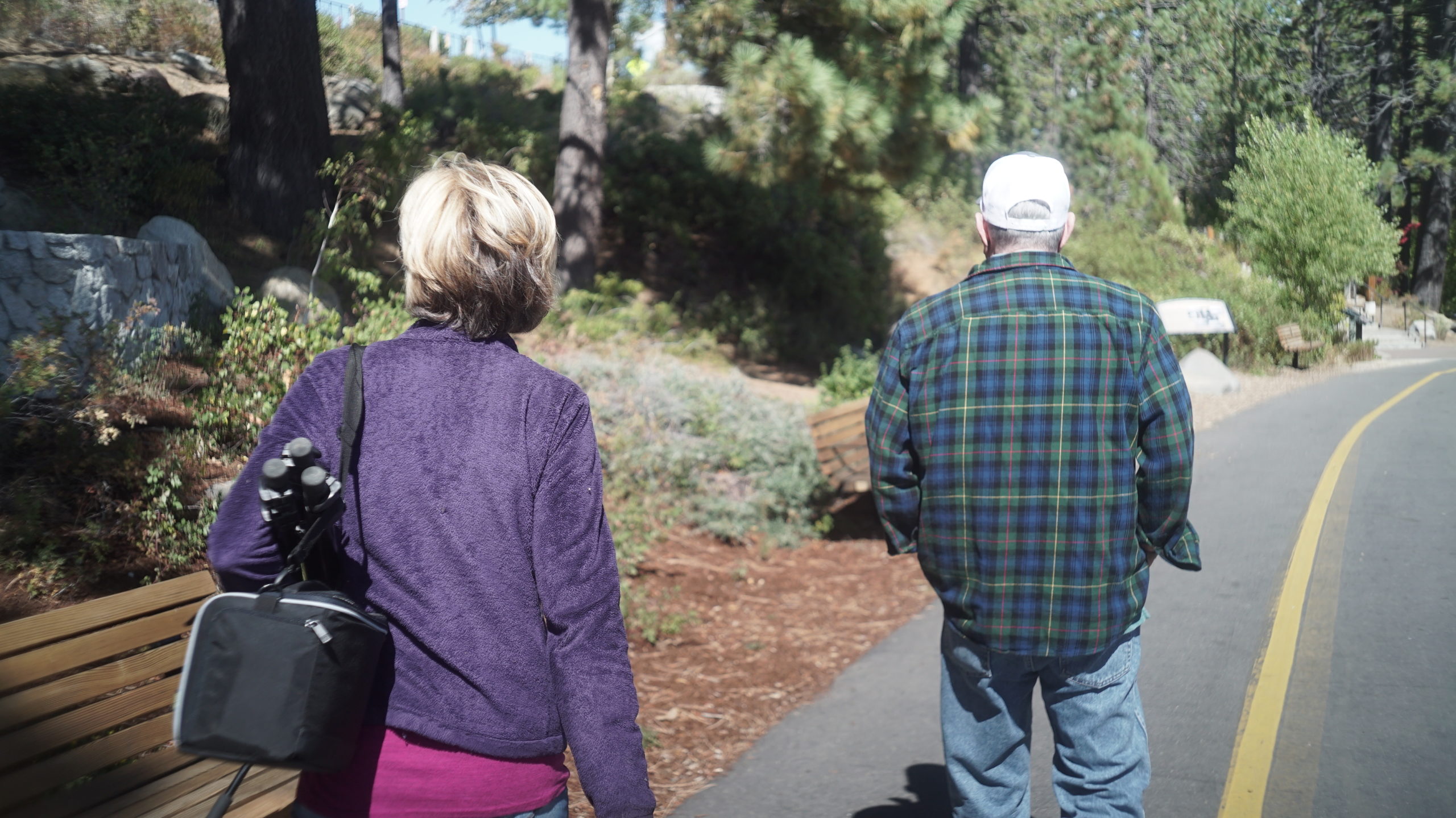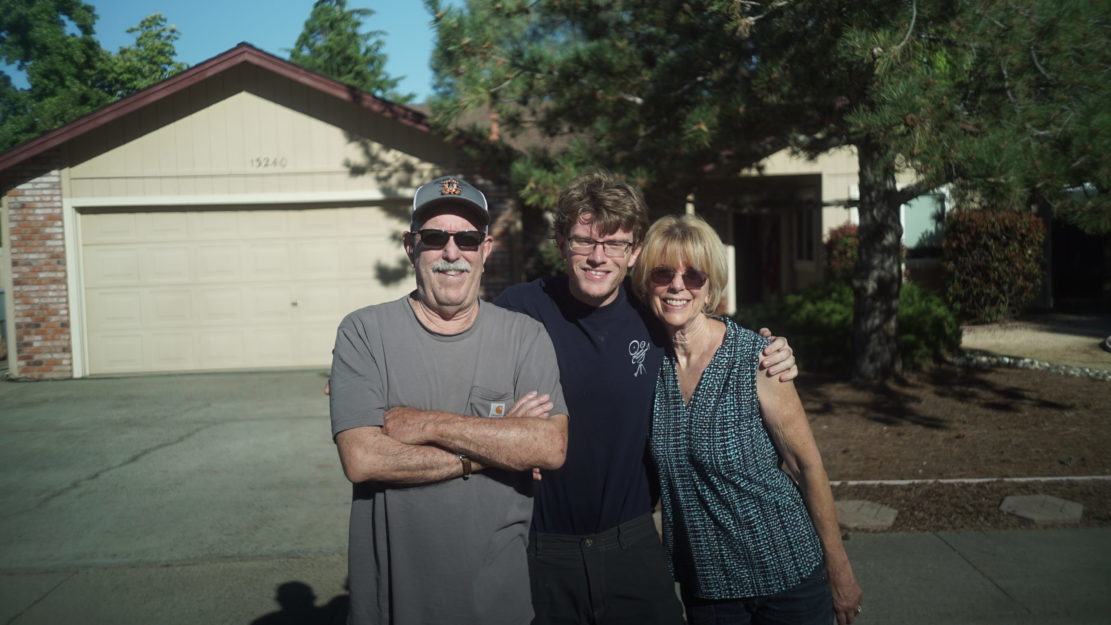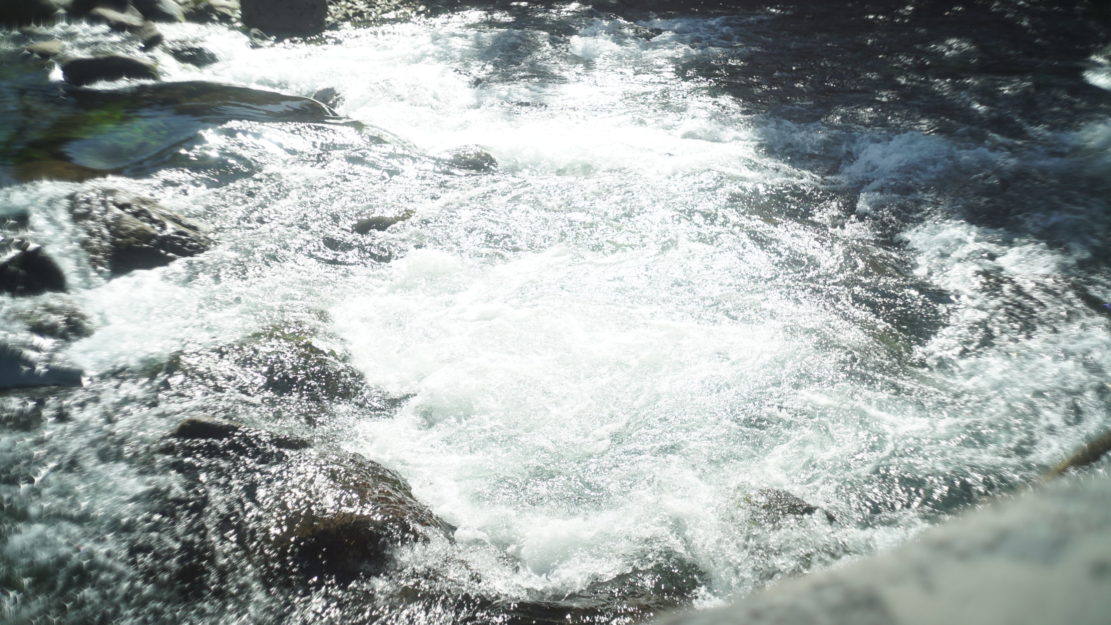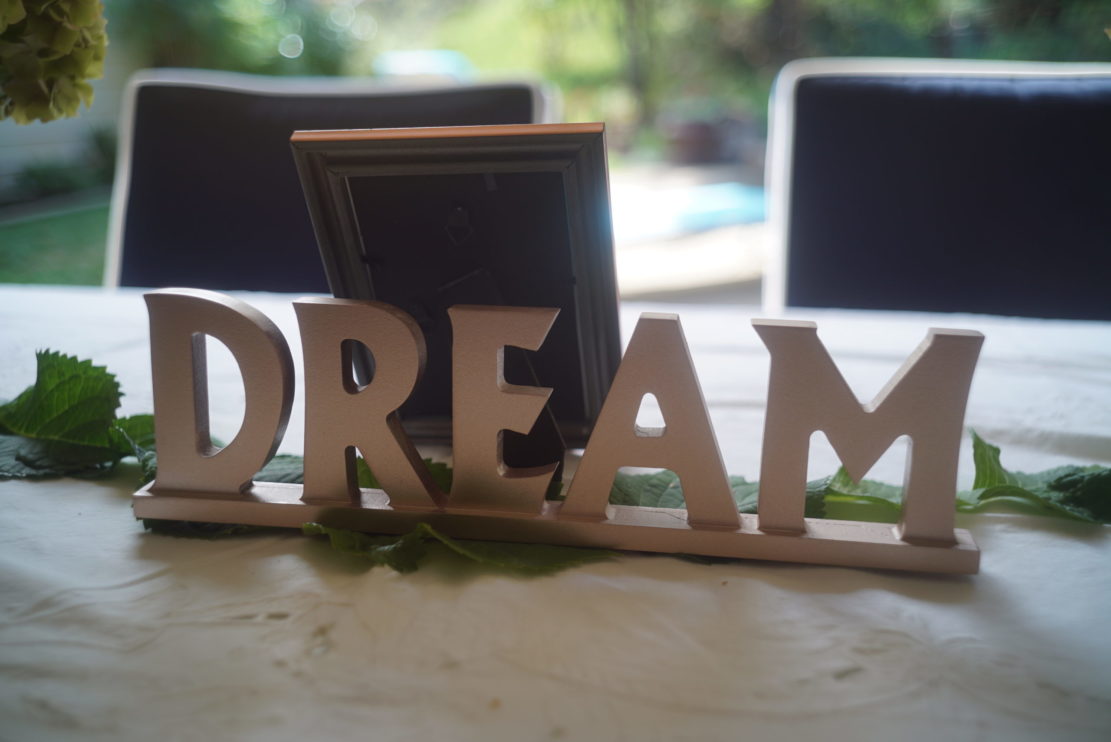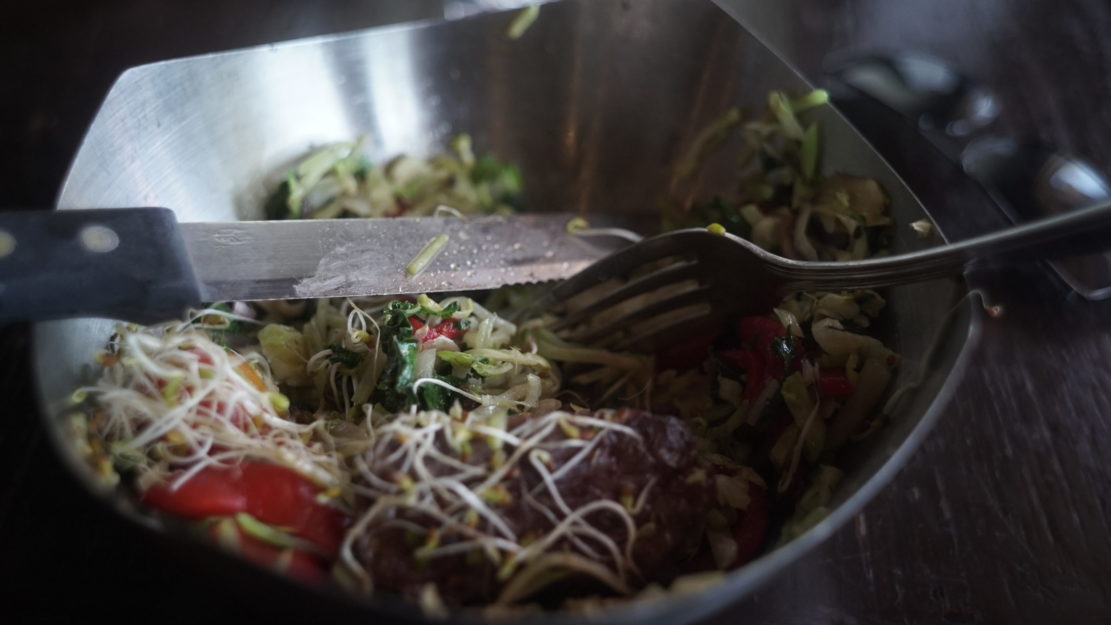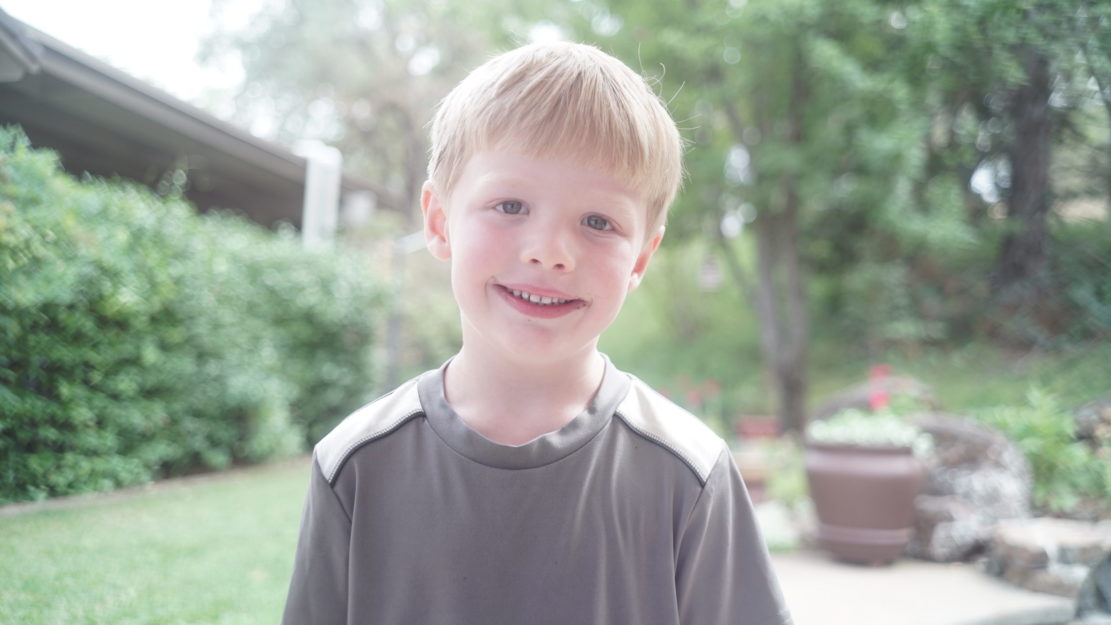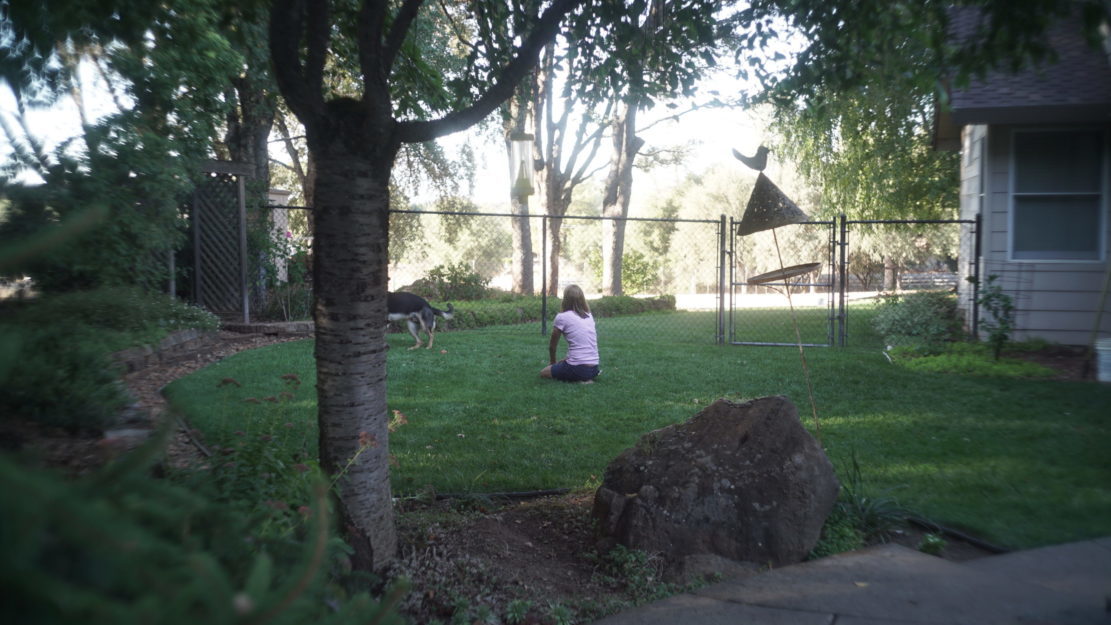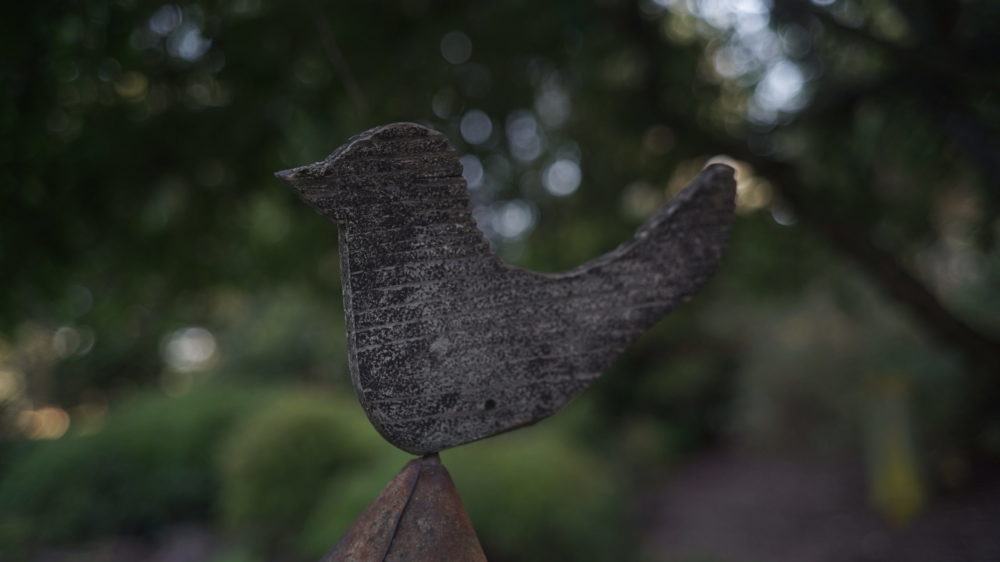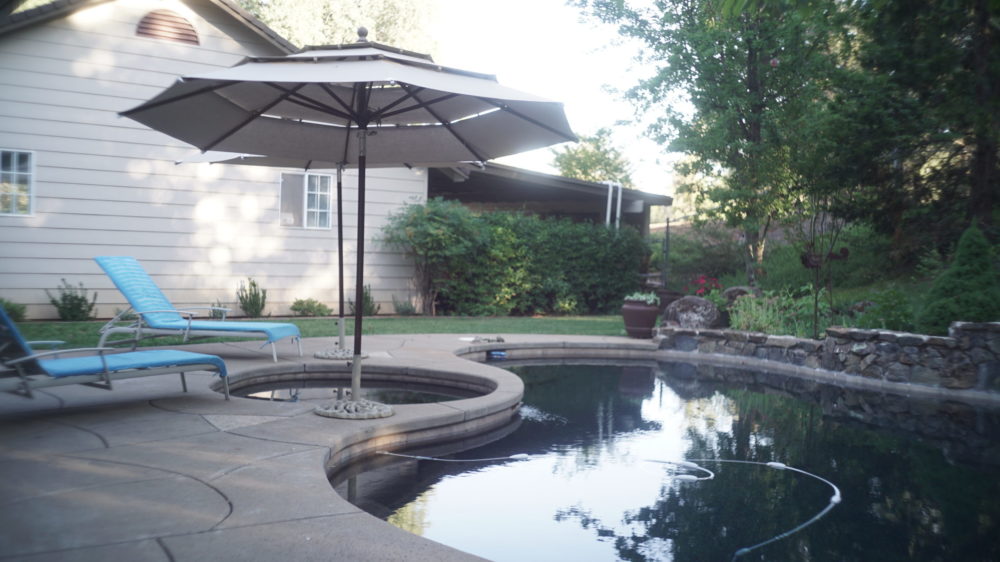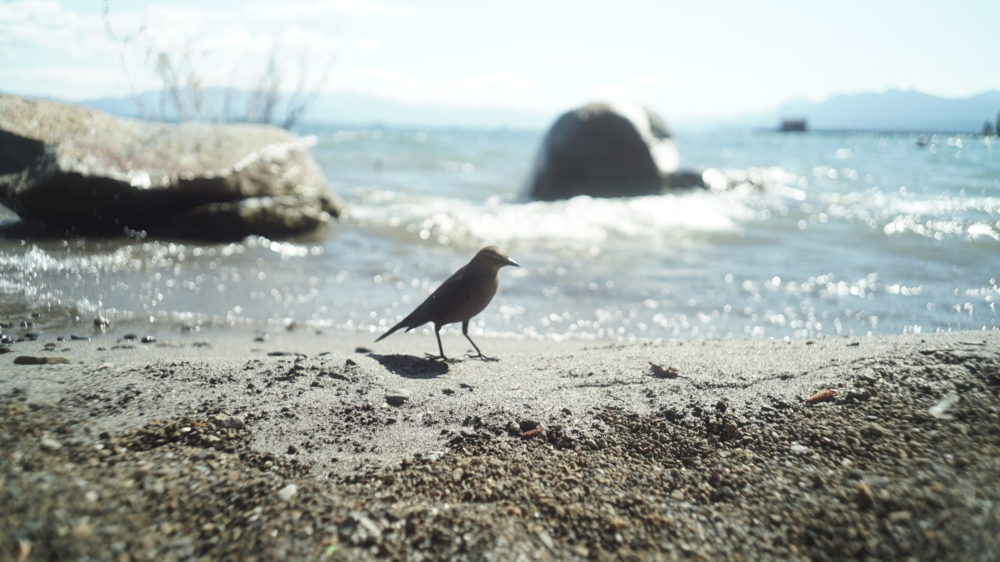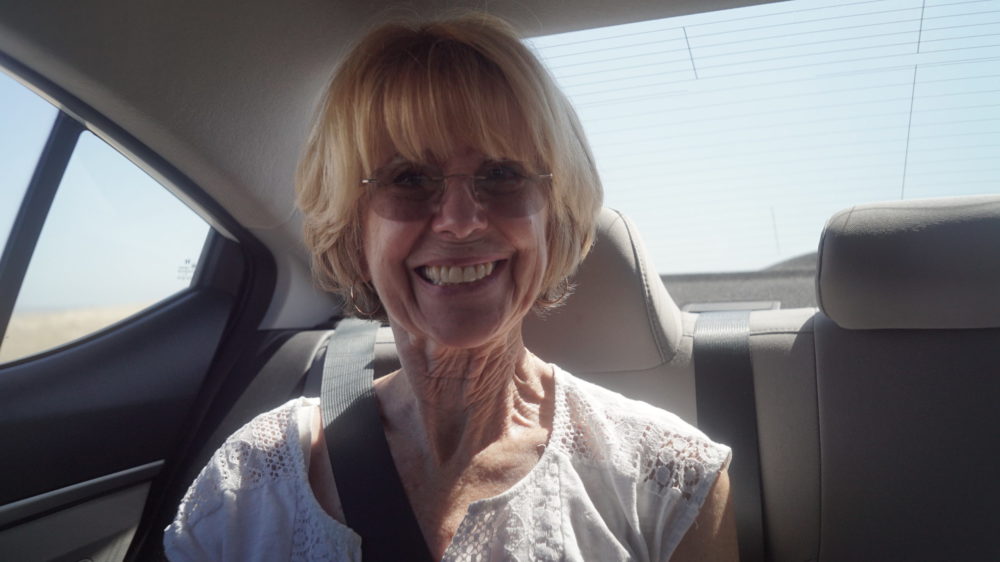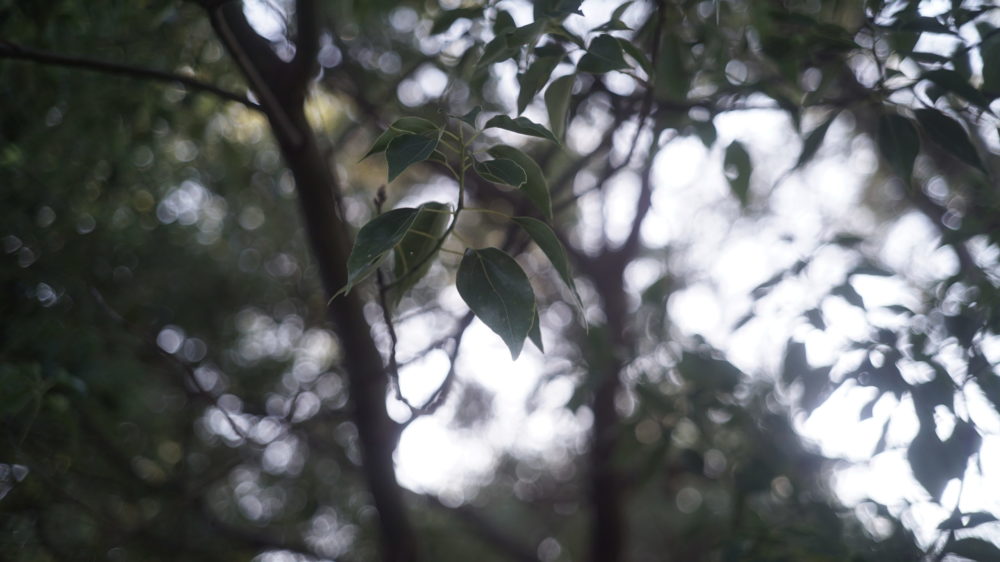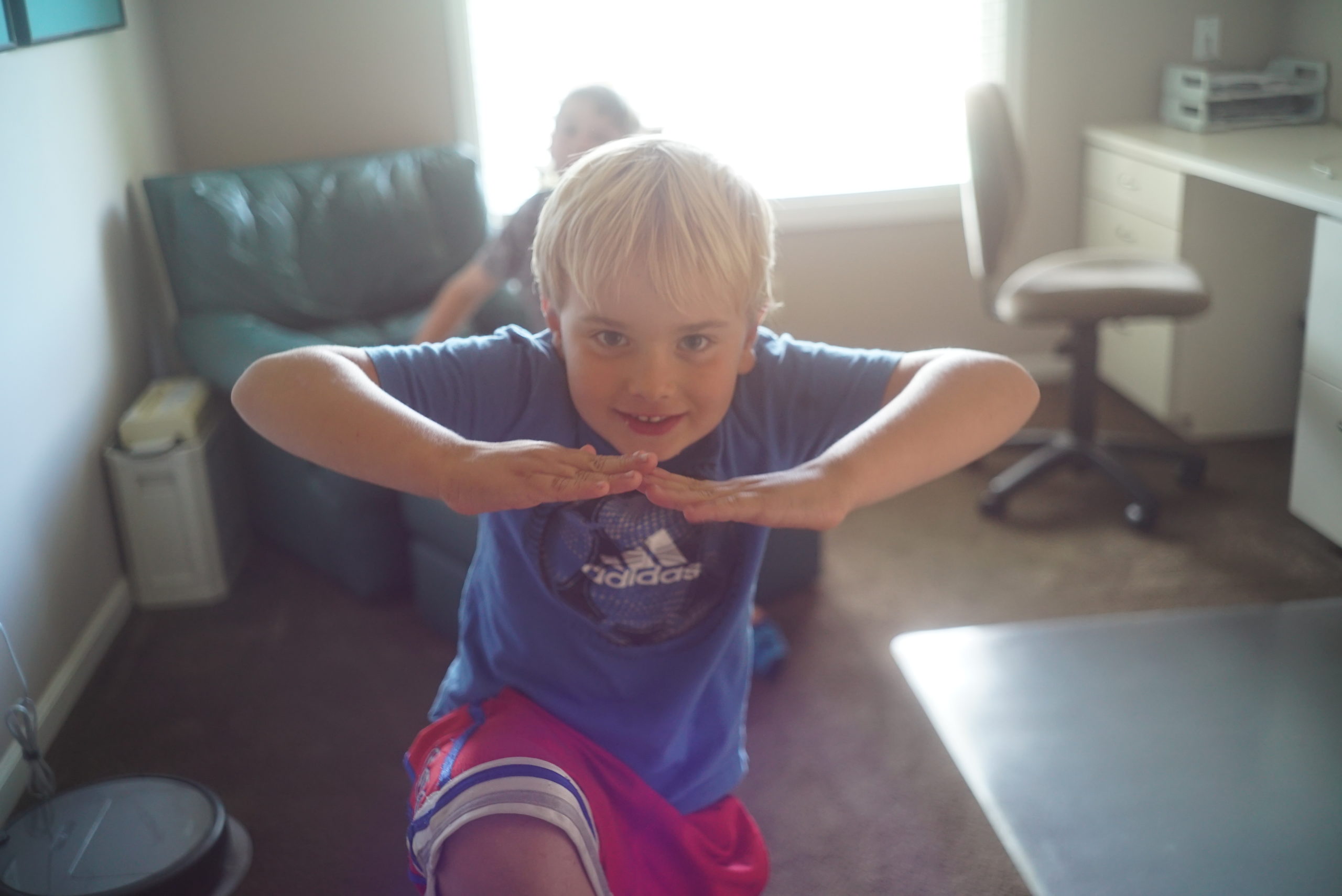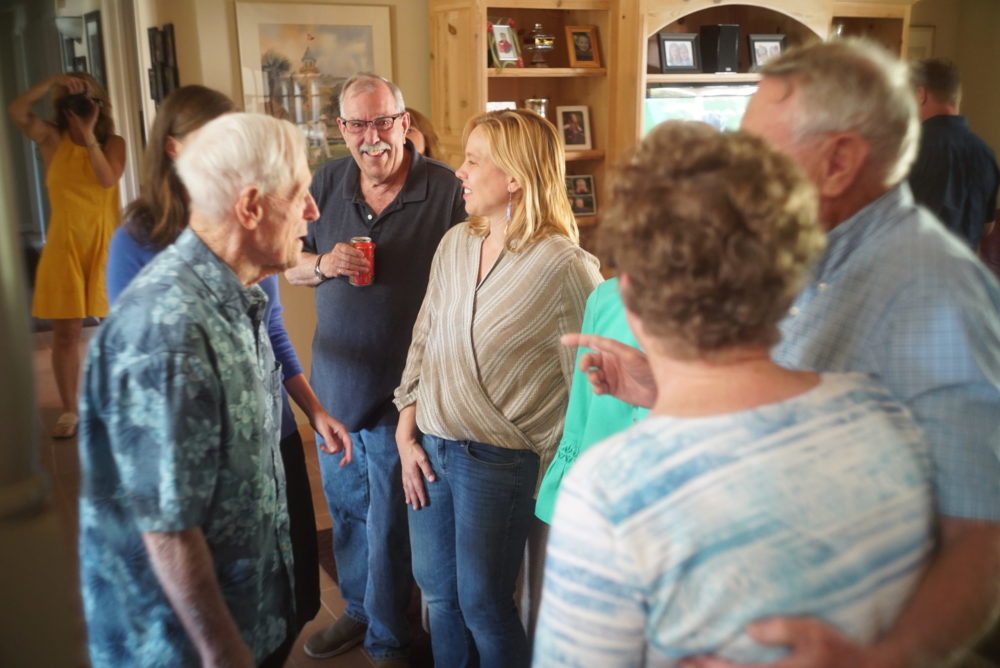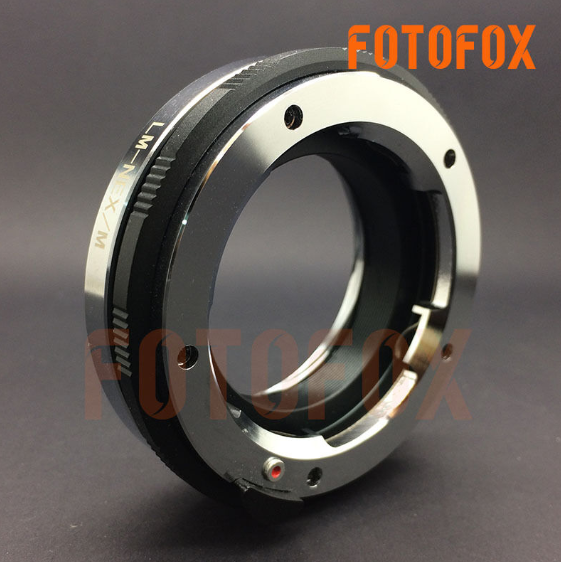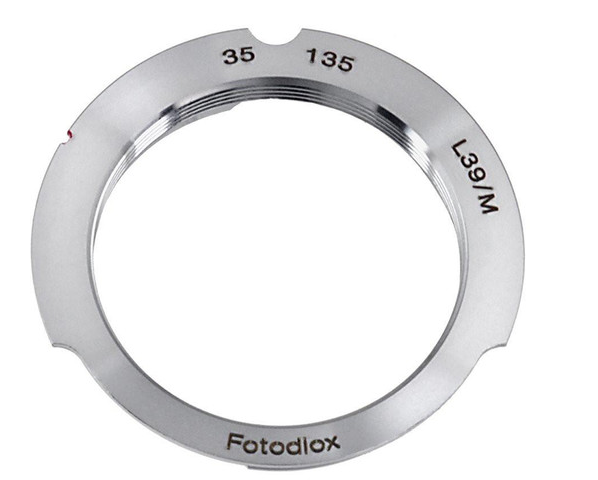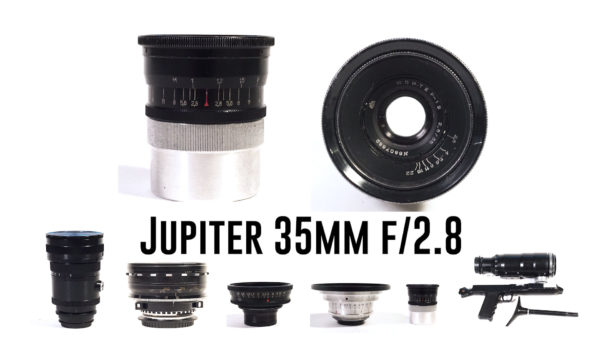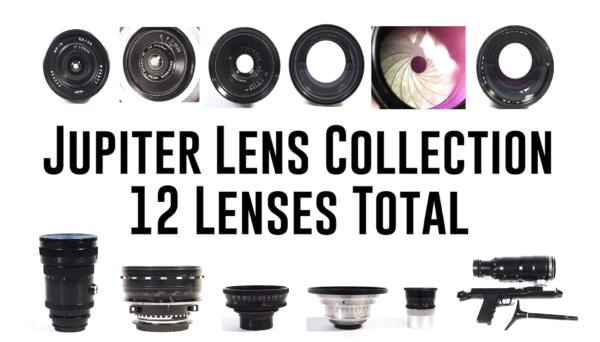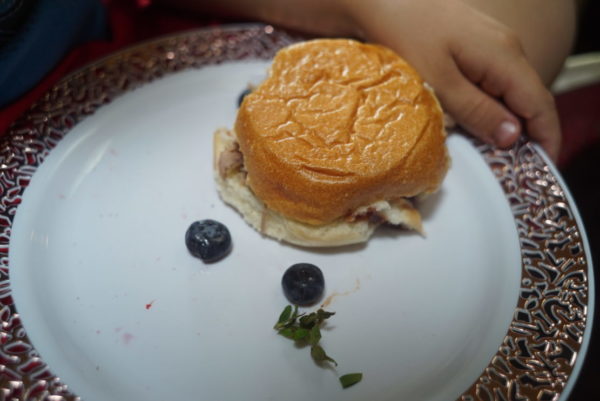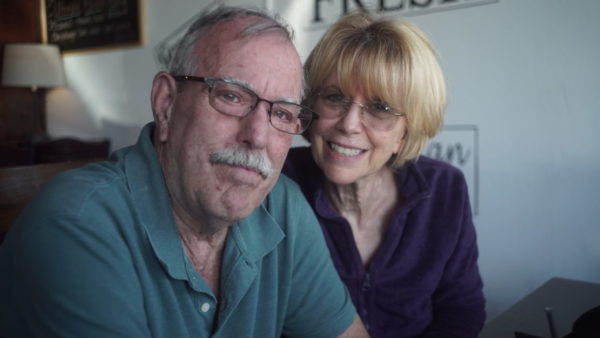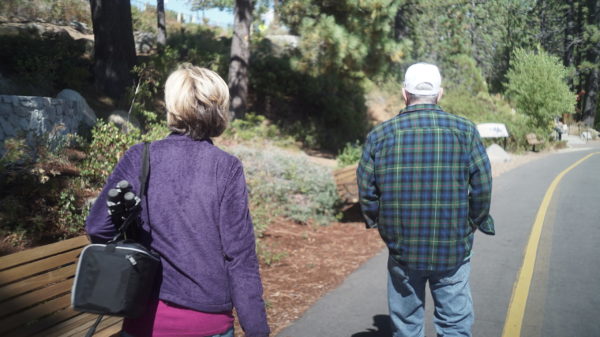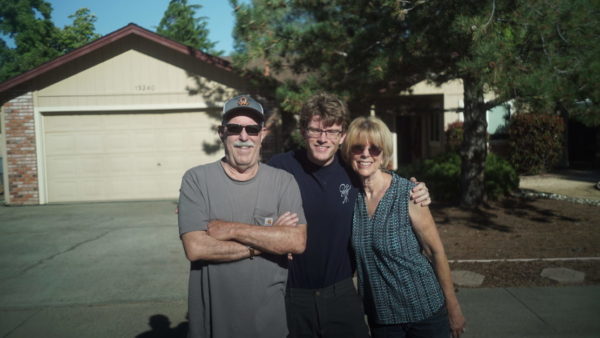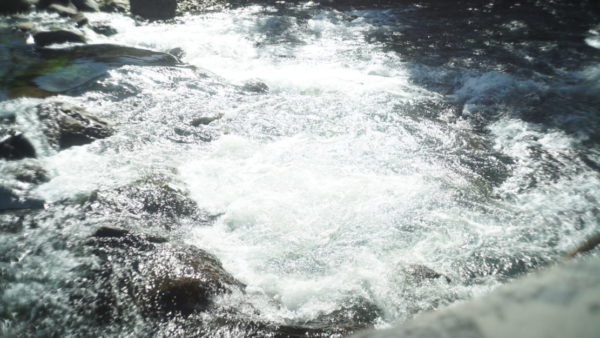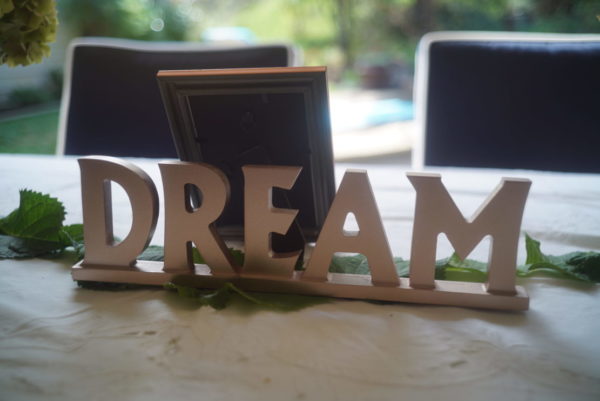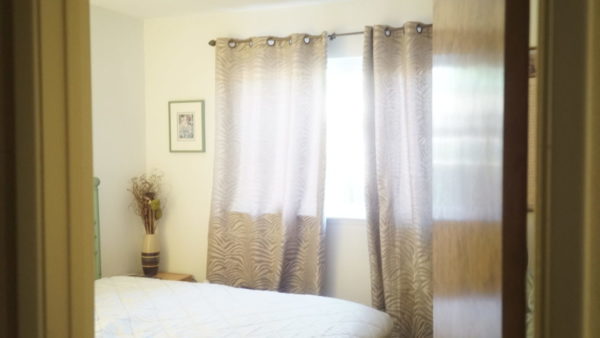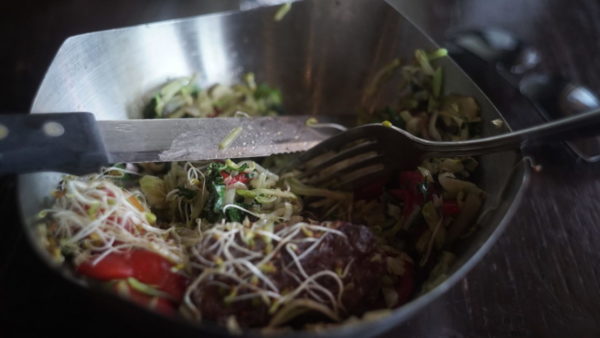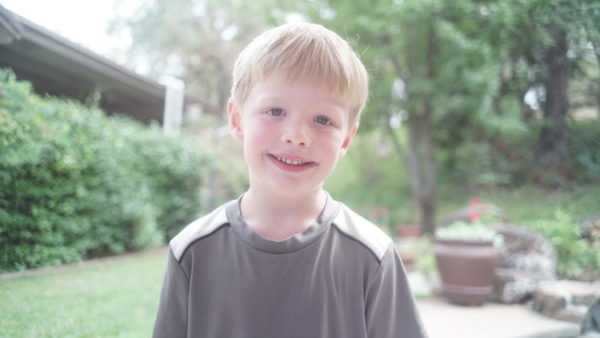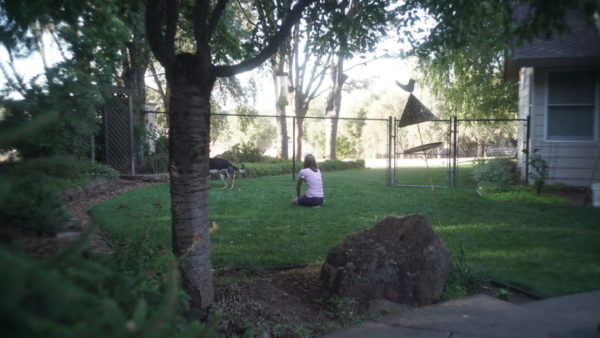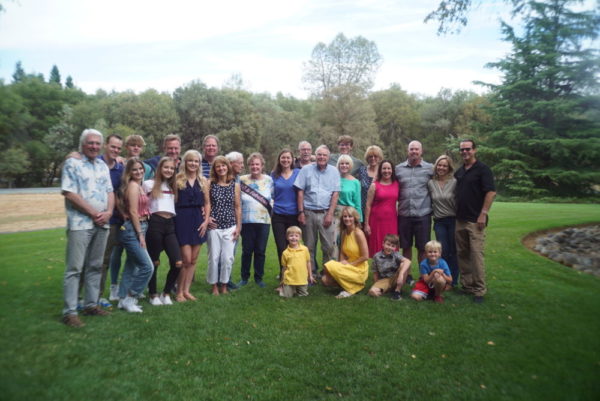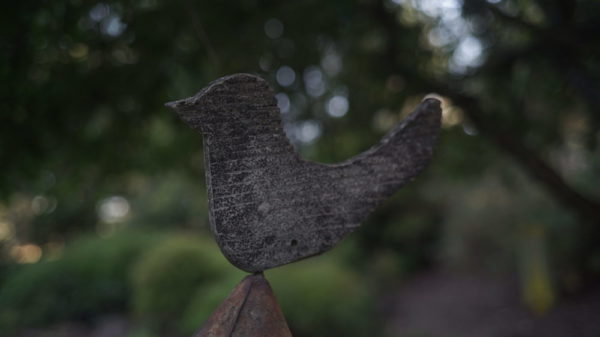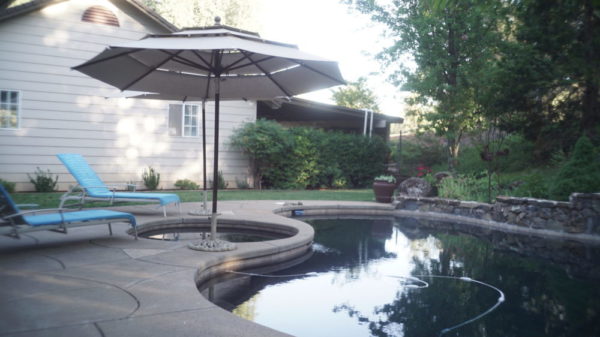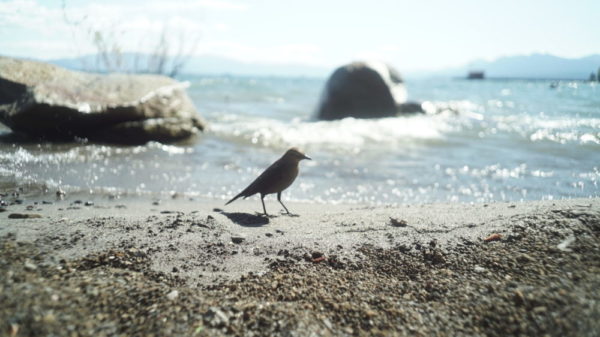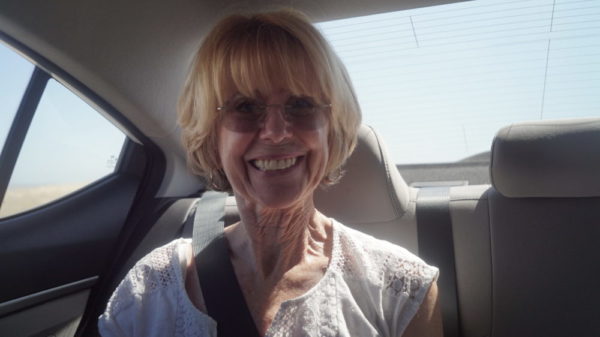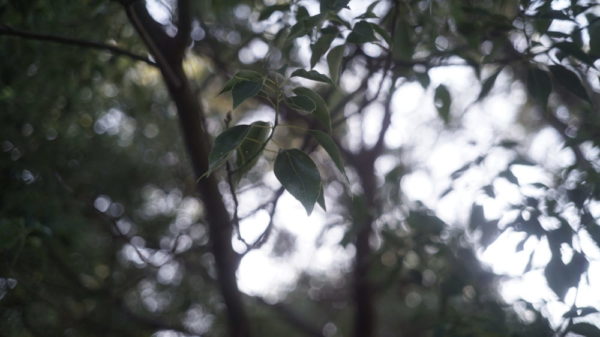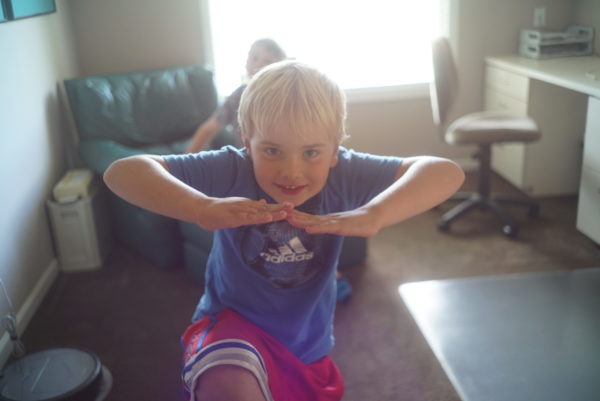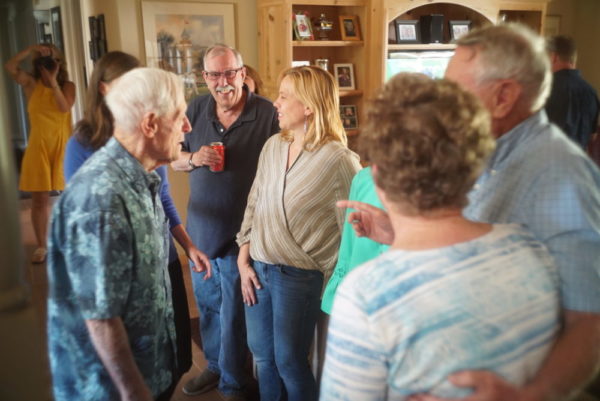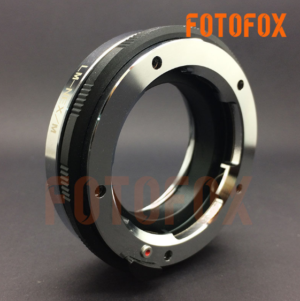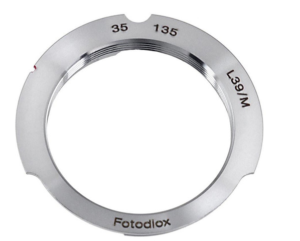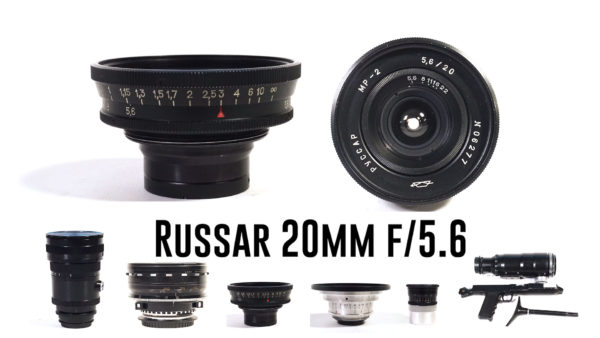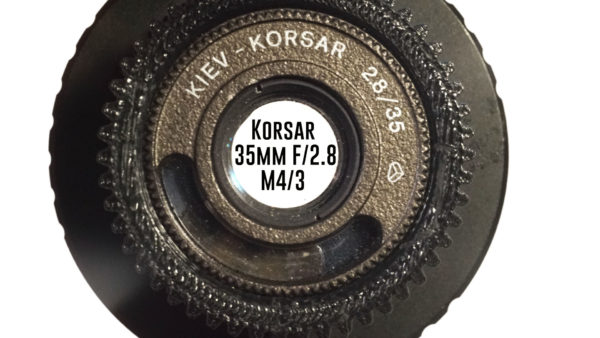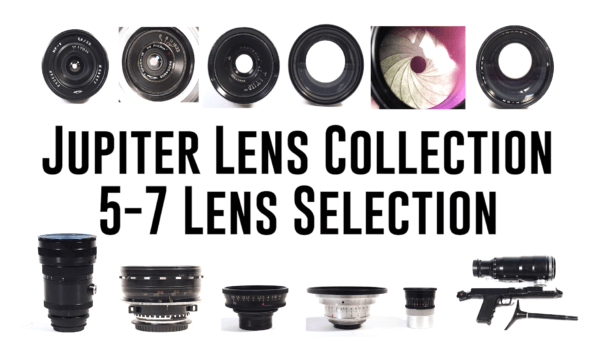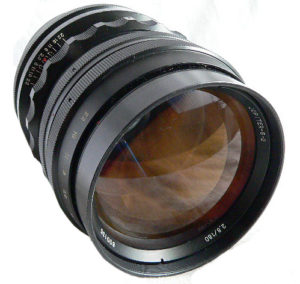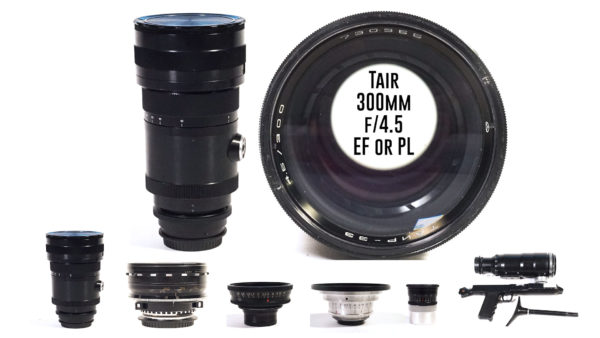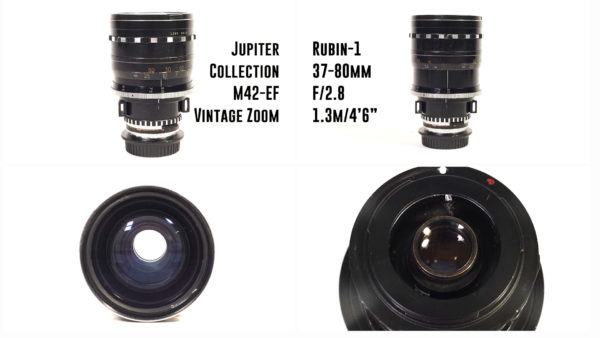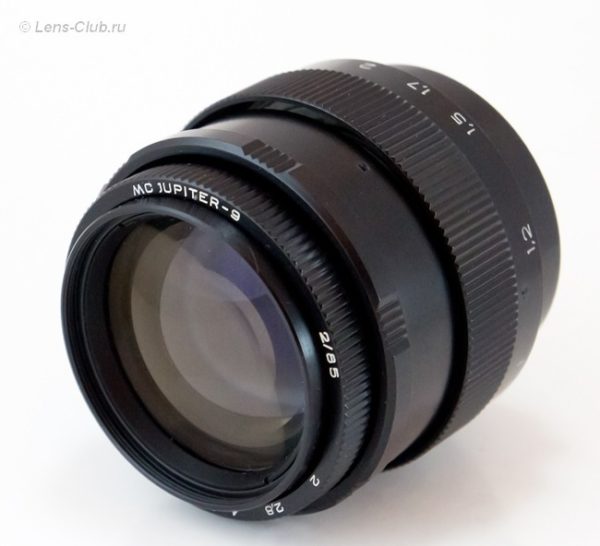DISTORTION: 6/5
FLARES: 4/5
COLOR/COLOURS: 5.5/5
VIGNETTE: 3.5/5
SHARPNESS: 4/5
The Jupiter 35mm has the furthest reach of any wide angle lens with a decently fast aperture that I have ever seen! The lens distorts reverse of how it normally is seen for a 35mm lens. Rather than distort inwardly as objects move closer to the center, objects actually appear distanced as they move closer to the center of the frame. More of the likelihood of a telephoto lens, which is half of the reason this lens is so unique. It’s character is flawed in absolutely gorgeous ways. Colour, sharpness and distortion are off the charts with this lens.
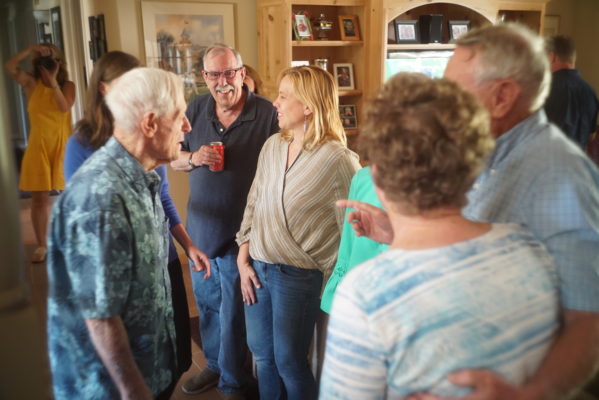
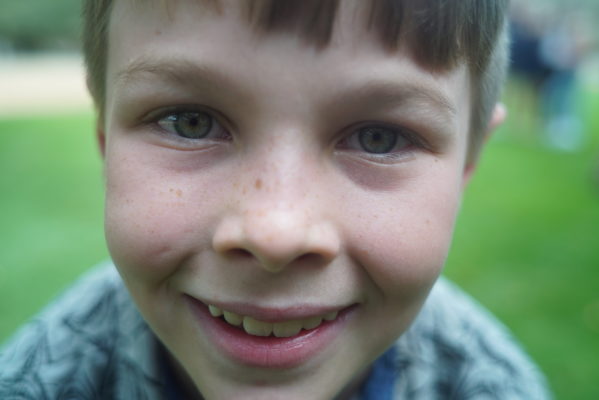
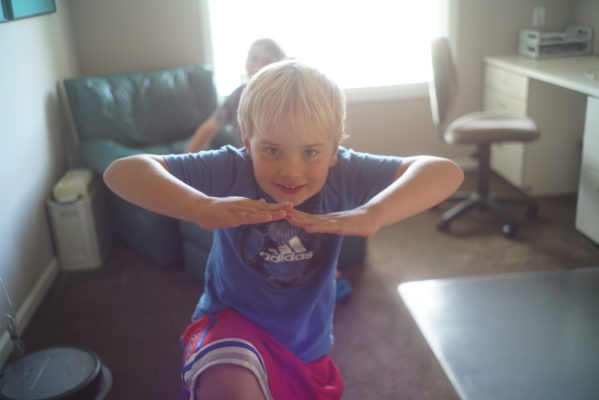
The story of how I took these pictures starts with my Aunt Doris celebrating her 80th Birthday at my Aunt Carol & Uncle Paul’s house. A normal place for parties and celebrations! So to help enjoy the experience for now and for later, i decided to bring my Jupiter 35mm lens with me for extensive testing. Although, I intended on bringing my Zenitar 50mm f0.95, Rubin 37-80mm f2.8, Petzvar 120mm f3.8 and Photosniper 300mm f4.5, I left all but the Jupiter in my car in San Luis Obispo. Fortunately, it was kind of my favorite. I was hard pressed to take a bad picture with it. The shots look as clean as a digital scan of a 35mm print from a film camera. I come from the background in the art of filmmaking with a focus shooting on 16mm. And filming with this lens on the Sony A7s i or ii takes most of the desire to shoot on film, away.
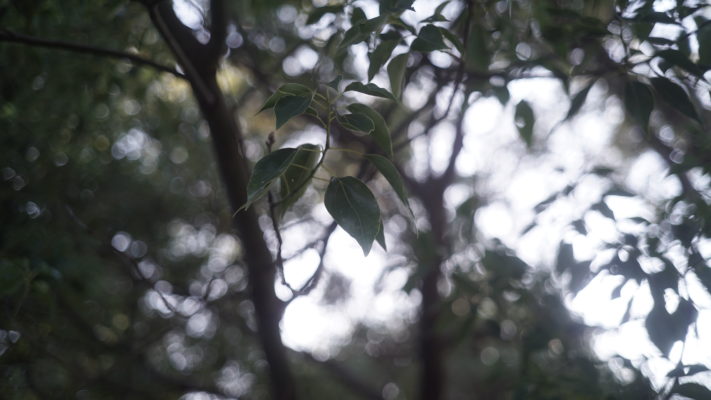

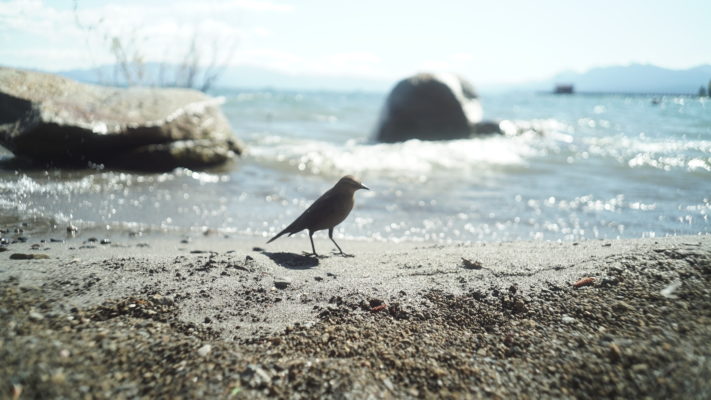
DISTORTION 6/5
The lens is unique in that it distorts like a telephoto lens, for being a wide angle. That’s what creates part of the 70’s glow to the image around the sides. The lens is overly-rectilinear. This is probably the only lens that I can say that about. But it is very cool when people walk by the lens, because their movement toward the lens will seem both close and infinitely large. The front element is so small and that attributes to the small perspective of the lens.
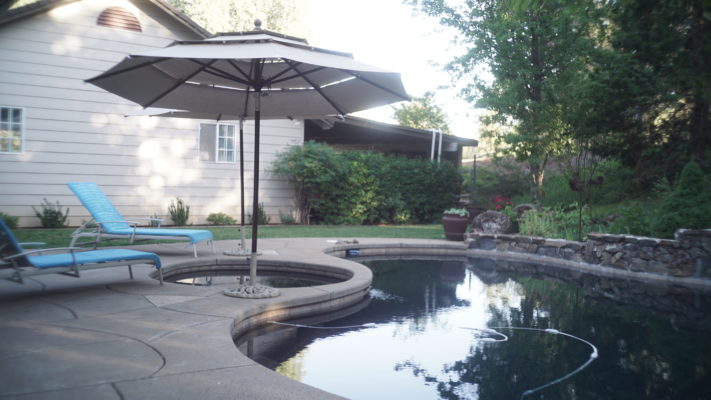
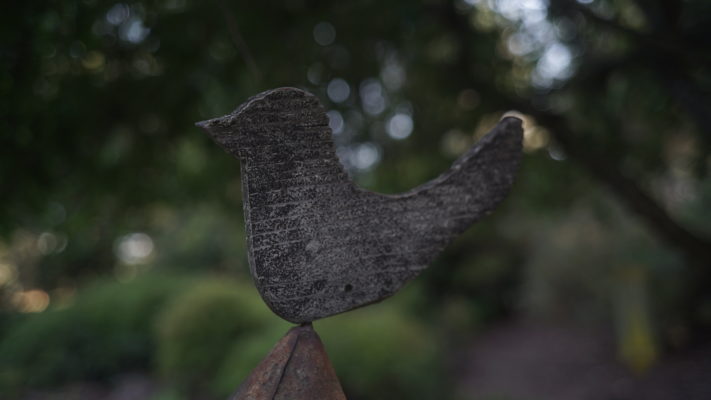
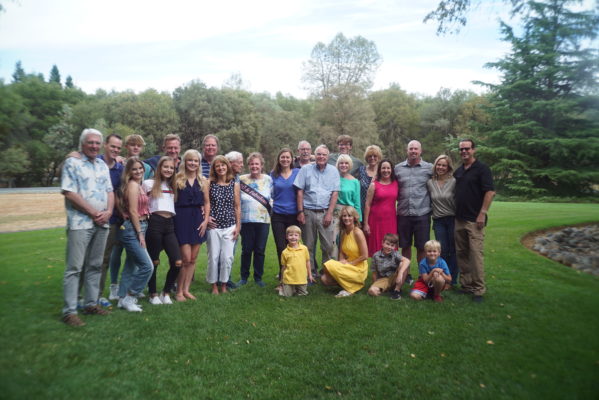
FLARES 4/5
The highlights of this lens are very picturesque of older film photographs. Both for the less modern lenses and for the different diffraction of light what with the emulsification process through film, rather than the crisp digital scan of a modern day camera. This lens has excellent highlight rolloffs. The flares lend themselves to the shadows only in subtle ways. The highlights are quite nostalgic. This lens is truly where the cyan greenish/blues and the yellow highlights pervade. This is great for Sony shooters. As they know, Sony cameras have darkish green colors. That means that the dark greens of the camera mix well with the bluish-yellow of the lens to create a marvelously sharp and crisp image with a highlight-vintage vibrancy.
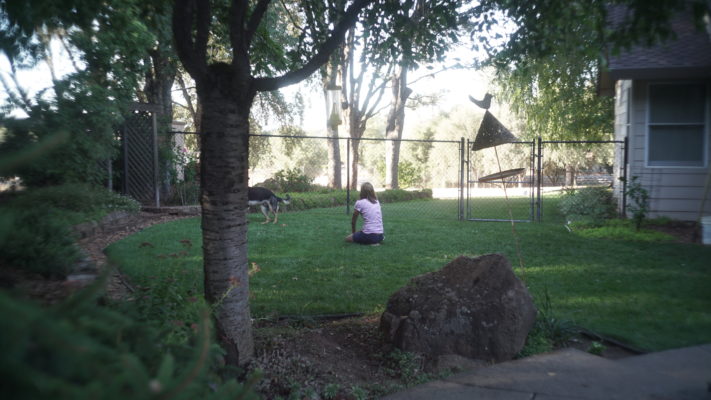
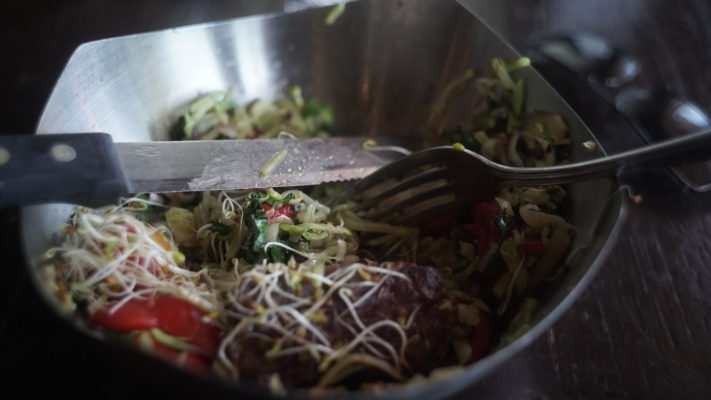

COLORS/COLOURS 5.5/5
Almost all of these pictures were taken at f2.8, if not they were taken at f3.5 or f4. There is no doubt that any vintage lens will improve upon sharpness, fringes and vignetting as you stop down. But for cinematic purposes, i find myself shooting wide open for fathoming the shallowest depth of field, but also the most juice I can get from the imperfections. What I love the most about this lens is the baby blueness that I see from the highlights.
All of these pictures are un-color-graded. Their white balance was set to auto at a fairly neutral shooting style! I have come to realize that the only way the blues can look this pure, I presume, has to do with how close the back element has to be rested to the sensor, it’s nearly touching when focused to infinity! Because of this, this lens sees a deeper spectrum of blue than I have ever seen! ! The only other lenses I have ever used that have anywhere close to this style of blueness is the Canon FD set. And also the Uran 100mm lens.
Blue is comprised of green and illuminates to white with the presence of too much yellow or orange luma. This lens allows me to see the many shades of blue, which have a far reach through the highlights, mid-tones, down all the way to the shadows. This lens optically renders the color/colour blue, amazingly! The color in skin is also very abundant in pinkish mid-tones!


VIGNETTE 3.5/5
This lens vignettes wide open on the A7s. At f4.0 and 5.6 the vignette lessens until it becomes unnoticeable. There is something to be said for the vintage look of a lens that slightly vignettes in a soft way. It compliments the stormy day weather. The eyes fall onto the heart of the frame. The vignette exists as a dark-shelter to the image. The darkness seems to bring warmth and light to the center of the image!

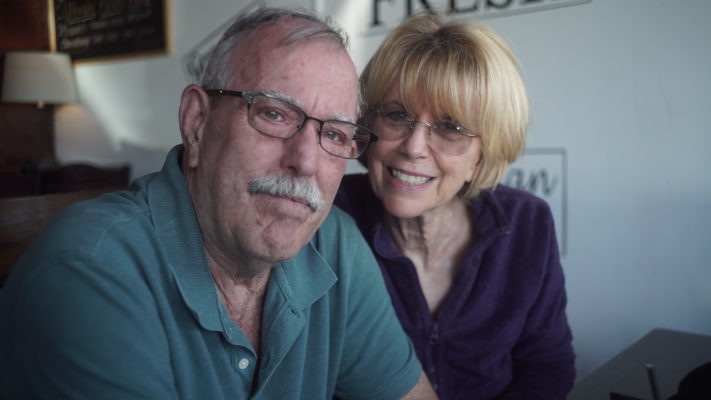
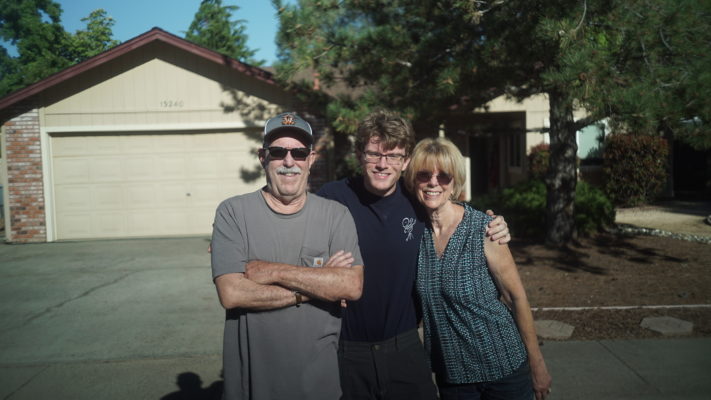
SHARPNESS 4/5
The center of the image is always clear if it’s in focus. It gets impressively sharp even wide open in the center. The sides do a dreamy softening blur which is why the lens is so appealing, when the lens is shot wide open. The sides sharpen up from f4 to f5.6 until the lens is evenly sharp, corner-to-corner Nonetheless, the center has the potential to be crystal sharp, which is why this lens has a mysterious quality to it. It has the most far reaching span of time that it could be taken place over. This lens could be used for both super old vintage, or mysteriously rare glimpses into the future. Both are convincing!

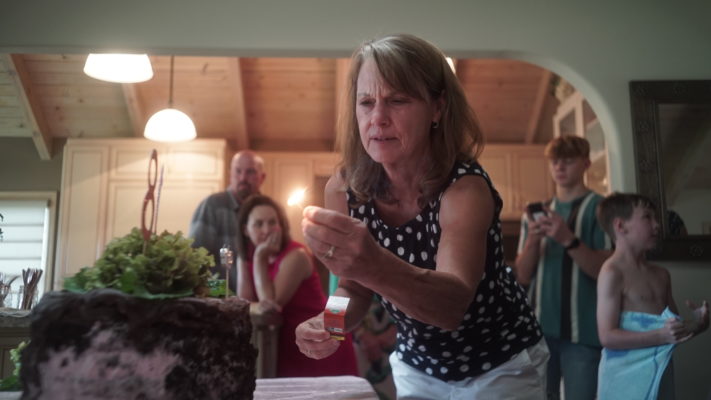
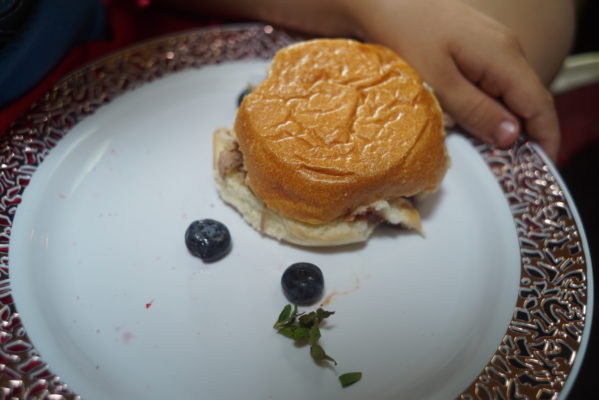
CLOSE FOCUS
The Fotofox Close Focus Adapter is required in order to use this lens on any digital camera. It allows the lens to be positioned just far enough from the sensor to still focus to infinity but without touching. It also allows the lens to become a macro lens. Which leads to some very touching moments.
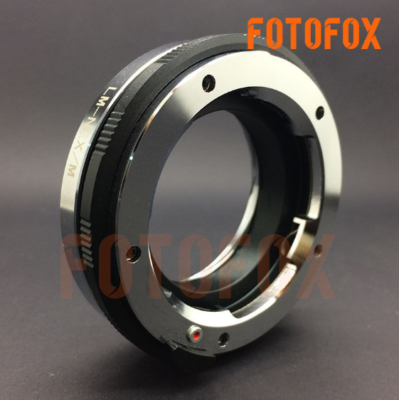

Both of these adapters are used in tandem. It may seem a far-reaching idea for some to use this many, or this kind of adapter for a lens. But i assure those out there with that concern that they might also crave a lens with a vintage look as amazingly pure as this. The uniqueness of the lens will lend itself to any story looking to have a timeless feel. And also a feeling of closeness!
DISTORTION: 6/5
FLARES: 4/5
COLOR/COLOURS: 5.5/5
VIGNETTE: 3.5/5
SHARPNESS: 4/5
Related products
Jupiter ($19-$99)
Jupiter ($19-$99)
Jupiter ($19-$99)
Jupiter ($19-$99)
Jupiter ($19-$99)
Jupiter ($19-$99)
Jupiter ($19-$99)
Jupiter ($19-$99)

